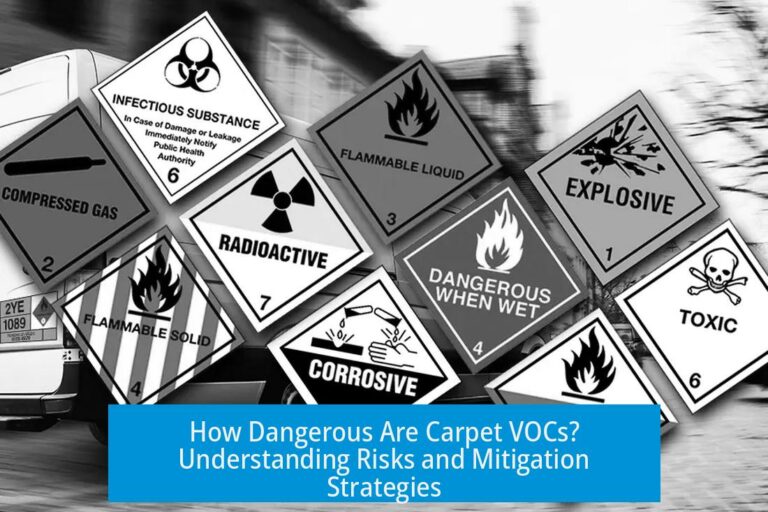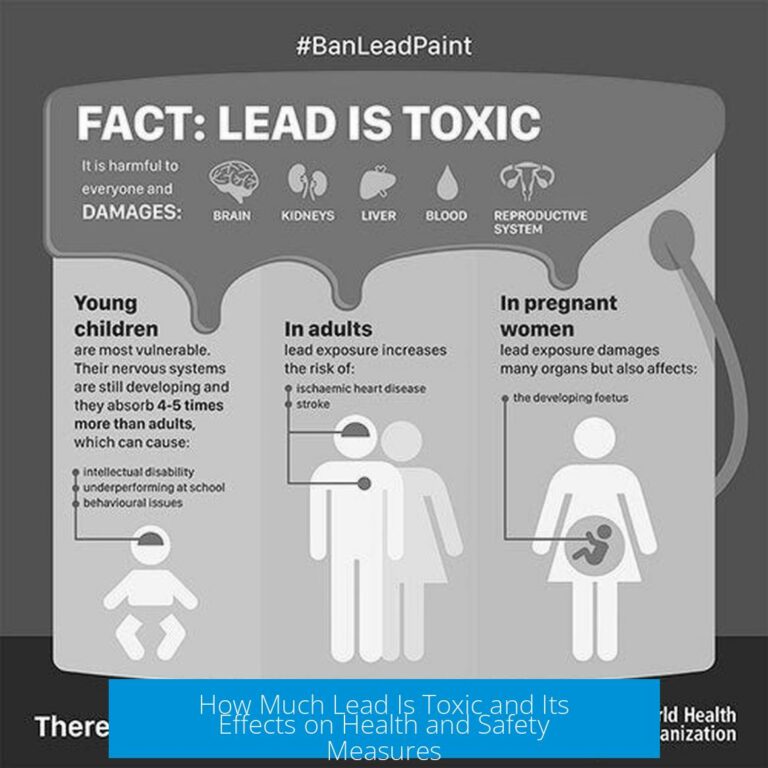How Could I Turn Gaseous Hydrogen into Liquid?
Liquefying gaseous hydrogen requires cooling it to cryogenic temperatures near -240°C using specialized industrial refrigeration systems and storing it in certified cryogenic containers designed for extreme safety demands.
Cooling Hydrogen to Cryogenic Temperatures
Hydrogen gas must be cooled to approximately -240 degrees Celsius (33 K) to transform into liquid form. This is close to absolute zero (-273°C), the lowest theoretical temperature. The cooling systems must reach far below liquid nitrogen’s boiling point (-196°C), meaning liquid nitrogen alone cannot directly liquefy hydrogen.
Industrial setups employ cascade refrigeration, combining stages of different coolants, liquid nitrogen among them, to gradually lower the temperature until hydrogen liquefies.
Equipment Required for Liquefaction
Liquefaction demands specialized machinery such as cryogenic refrigerators or liquefiers designed to maintain consistent ultralow temperatures efficiently. These devices integrate heat exchangers, compressors, and expansion turbines tailored to hydrogen’s thermodynamic properties.
After liquefaction, hydrogen storage requires highly insulated, certified vacuum-jacketed tanks. These containers are pressure-rated and safety-certified, for example by TÜV or similar agencies, to prevent leaks, withstand thermal stress, and contain the volatile liquid safely.
Challenges and Risks in Liquefying Hydrogen
- Hydrogen is highly flammable; leaks pose explosion hazards.
- Extremely low temperatures risk material brittleness.
- Condensation of liquid oxygen from air can accumulate, increasing fire risks.
- Maintaining stable cryogenic temperatures demands continuous refrigeration.
- Equipment and tanks require rigorous safety documentation and handling protocols.
Due to these hazards, attempting hydrogen liquefaction without industrial-grade infrastructure and expertise is strongly discouraged. Amateur operations risk severe accidents from leaks, explosions, or cold burns.
Alternative Hydrogen Storage Methods
Instead of liquefying, alternative techniques store hydrogen safely and more easily:
- Metal Hydrides: Hydrogen chemically bonds with metals to form stable compounds, storing hydrogen at lower pressures and temperatures.
- Adsorption in Metal Sponges: Porous metals physically adsorb hydrogen molecules for dense storage.
- Compressed Gas Tanks: Hydrogen can be stored at high pressures without liquefaction, requiring less extreme refrigeration but larger volume tanks.
These methods reduce the complexity and risk associated with cryogenic liquid hydrogen storage.
Industrial and Practical Considerations
In industrial settings, on-site liquefaction is generally replaced by purchasing liquid hydrogen from specialized suppliers. These suppliers have the equipment, certification, and safety protocols to produce and ship liquid hydrogen securely.
For small-scale or experimental needs, compressed hydrogen gas in certified cylinders or metal hydride storage offers a more practical and safer solution than liquefaction.
Energy storage projects involving hydrogen often compare the space and feasibility of pressurized hydrogen tanks with alternative energy storage like solar thermal hot water systems for heating applications.
Key Takeaways
- Hydrogen liquefies near -240°C, close to absolute zero.
- Liquefaction requires industrial cryogenic refrigeration systems, not just liquid nitrogen.
- Certified cryogenic tanks are mandatory for safe storage.
- Handling liquid hydrogen involves significant safety risks, including flammability and material brittleness.
- Alternative storage methods like metal hydrides or compressed gas are safer and more accessible.
- Industrial users usually purchase liquid hydrogen rather than liquefy it themselves.
How do you cool gaseous hydrogen into a liquid?
Hydrogen must be cooled near -240°C to become liquid. This involves using specialized refrigerators that often use liquid nitrogen to reach such cryogenic temperatures.
Why can’t liquid nitrogen alone liquefy hydrogen?
Liquid nitrogen boils at -196°C, which is not cold enough. Hydrogen requires cooling below -240°C, so additional cooling beyond liquid nitrogen is needed to liquefy it.
What equipment is necessary to safely liquefy hydrogen?
You need industrial-grade equipment and certified cryogenic containers. These tanks must meet safety standards to handle the extreme cold and pressure hydrogen requires.
Are there safer alternatives to liquefying hydrogen for storage?
Yes, metal hydrides or metal sponges can store hydrogen safely at milder conditions. These alternatives avoid the hazards of extreme cold and high pressure.
Is it safe to liquefy hydrogen at home or without professional equipment?
No, amateur liquefaction is highly dangerous. The process involves extreme cold, pressure risks, and oxygen condensation that can cause accidents and explosions.




Leave a Comment